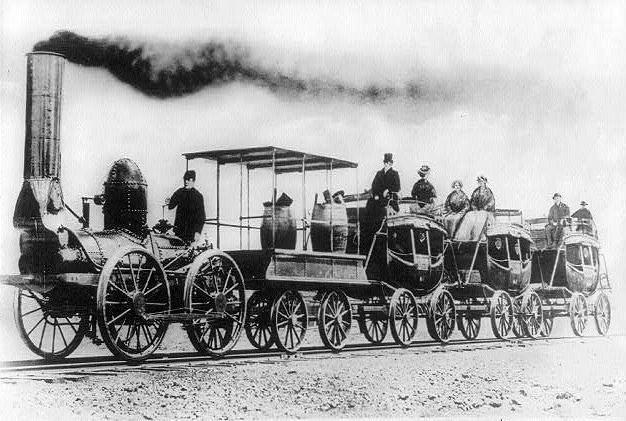Power type Steam First run 1831 | ||
 | ||
Operators Mohawk and Hudson Railroad | ||
The DeWitt Clinton of the Mohawk and Hudson Railroad (M&H) was the first steam locomotive to operate in the state of New York and the fourth built for service in the United States.
The locomotive began operations in 1831. It was named in honour of DeWitt Clinton, the governor of New York State responsible for the Erie Canal, who died in 1828. Portions of the steam engine were cast at the West Point Foundry in Cold Spring NY. The DeWitt Clinton's first run was from the city of Albany, New York to Schenectady, New York, a run of 16 miles. Its passenger cars were made of stagecoach bodies in which riders would sit either inside or on outdoor rumble seats. The locomotive was scrapped in 1833. The M&H became part of the New York Central Railroad system in 1853.
The New York Central Railroad built a scale and operational reproduction of the DeWitt Clinton, complete with three carriages, for the 1893 Columbian Exposition in Chicago. This replica continued to work as an engaging promotional device for the railroad in many subsequent locations until purchased by Henry Ford in 1934 with the condition that it still travel periodically to fairs and expositions on behalf of the NYCR. It is kept on display at the Henry Ford Museum in Dearborn, Michigan.
